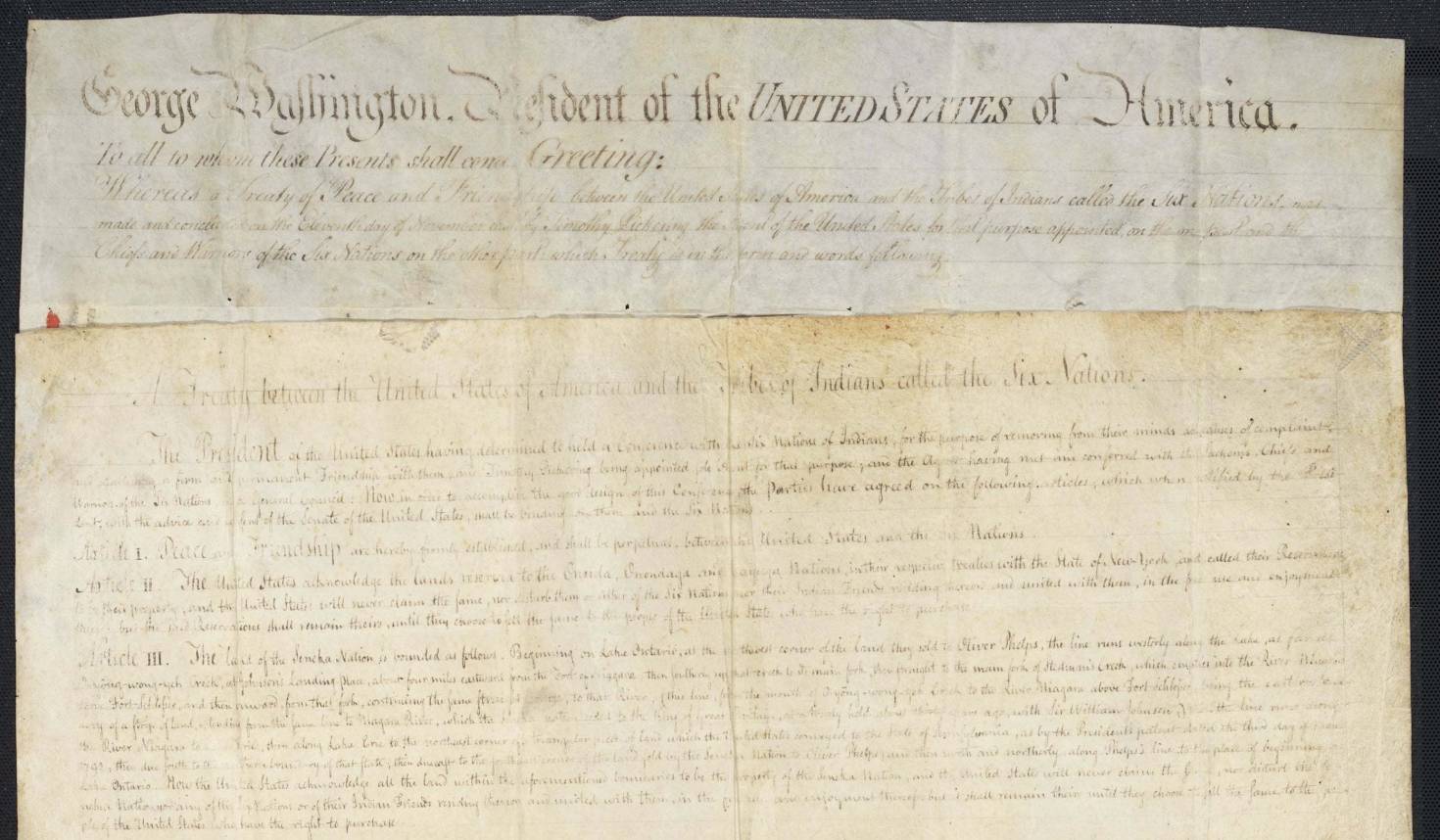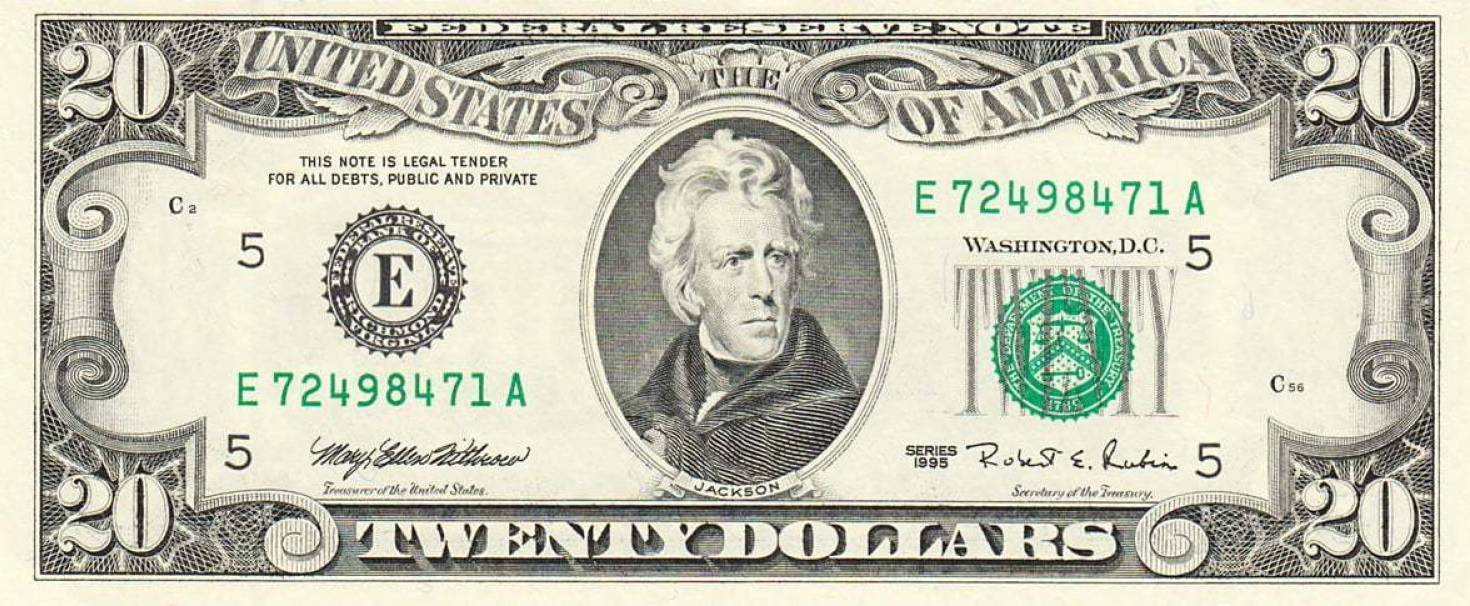The history of the United States is filled with courageous acts of heroism, inspiring victories that should have been impossible to win, and stories of insurmountable circumstances overcome by unlikely people. Unfortunately, not all the chapters in our storied past are positive and uplifting. Parts of our historical narrative are filled with egregious mistakes, dark secrets, and shameful perspectives and acts that we wish we could go back in time and change.
Leif Erickson, Christopher Columbus, John Cabot, and Juan Ponce de León may have discovered the Americas for Europeans, but there were already indigenous people living there when they arrived. Today, they are referred to as Native Americans. At the beginning of the 1830s, there were around 125,000 Native Americans living in the southeastern U.S. By the end of the 1830s, there were hardly any. Thanks to Andrew Jackson and the Indian Removal Act, it was essentially a crime to be a Native American in the South.
The “Indian Problem”
Early in the 19th century the United States was growing not only in size but in power. As white settlers started to flow into states like Alabama, Georgia, Florida, North Carolina, and Tennessee, they quickly realized the land was extremely valuable. They were focused on building wealth and when they looked at the opportunity to grow massive amounts of cotton, they saw dollar signs.
There was just one “small” problem… the “Indian problem.”
Native Americans occupied much of that land and had been doing so for generations before they ever knew there was such thing as a “white” person. Not only did the white settlers resent Native Americans for occupying land they felt they deserved and should be entitled to, they feared them as well because their culture was foreign and different. People seem to be afraid and feel threatened by what’s different. Not to mention their physical appearance in some cases was warlike and intimidating.

Civilize them
The first effort to solve the “Indian problem” had come from George Washington years before. It was to “civilize” the Native Americans. In other words, white visitors were to force their ideas, beliefs, customs, and way of life on the residents. They tried to teach them to speak English, convert them to Christianity, and teach them about land ownership. The goal was a total and complete cultural transformation.
There was a small amount of success as some Cherokee, Choctaw, Chickasaw, Creek, and Seminole people embraced these customs and became known as the “Five Civilized Tribes.” The trouble was this didn’t satisfy some of the white settlers’ rapacious appetites. Sure, some of the Natives had become relatively “civilized”, but that didn’t change the fact they were still living on and using precious land the settlers strongly desired. When things didn’t go according to their plan, the whites would steal Native Americans’ livestock and belongings, burn their houses and towns, and encroach on their land. As a result, they put substantial pressure on the U.S. government to step in and help them take the land they knew they deserved.
Treaties and broken promises
Another vehicle the U.S. government tried to use in an effort to get what they wanted was treaties. A treaty is a formal agreement between parties, usually governments or countries. According to npr.org, the U.S. used over 370 treaties to remove tribes from their land and expand its land ownership. Sadly, many of the promises and commitments made by the United States government were not kept. Many Native Americans found themselves without their land and with little or nothing to show for it, much less what had been promised them.

In 1827, instead of using tomahawks, bows and arrows, and violence, the Cherokee took a different approach. They decided to declare themselves to be a sovereign nation by writing their own constitution. Cleverly, they based it on U.S policy. In previous treaties, Indian nations had been declared sovereign so they would be legally capable of giving up their land. The Cherokee strategically tried to use this status to their advantage but Georgia refused to recognize their sovereignty and said they were tenants living on state land. They took their case to the Supreme Court, which at first ruled against them, but then ruled in their favor in 1831.
Indian Removal Act
Tennessean Andrew Jackson was an advocate and defender of the idea of removing Indians from their homeland. Jackson was a seasoned war general with a lot of his experience coming from brutally battling against Native American tribes such as the Creeks and Seminoles. He defeated a portion of the Creek nation and gained 22 million acres for white farmers in Alabama and Georgia. He was instrumental in negotiating 9 treaties that resulted in depriving many southern tribes of their eastern land.
In an interesting decision handed down by the Supreme Court in 1823, they ruled that Indians could occupy lands within the United States, but could not hold title to those lands because their "right of occupancy" was subordinate to the United States' "right of discovery."
In 1828, Andrew Jackson was elected President of the United States and took office in 1829. He didn’t waste any time. His policy to relocate the eastern Indians was endorsed by Congress and on May 28, 1830, the Indian Removal Act was signed and passed, although it was vehemently opposed by the likes of future president Abraham Lincoln and Tennessee frontiersman and Congressman Davy Crockett (and many others). The Library of Congress has an interesting chronological list of the bill’s journey through Congress and the House of Representatives. Essentially, it gave the federal government the power to exchange land held by Native Americans east of the Mississippi River for western land the U.S. had acquired in the Louisiana Purchase in what is present-day Oklahoma. Many people are aware this act affected Indian nations in the Southeast, but less know it also affected tribes in Northern states like Wisconsin and Illinois.

In many places you’ll read the idea behind the act was a peaceful, voluntary migration of all eastern Indian nations to the West. There’s no evidence to support this. Andrew Jackson was all too familiar with the hearts and minds of Native Americans from his previous encounters with them as were many white people. They knew many would not go quietly, much less voluntarily. Although the law stated the government had to negotiate the removal treaties fairly and honestly, this was only a formality. President Jackson, and later President Martin Van Buren ignored the law and when American Indians would not give him their land, he took it by force by making them vacate land they had lived on for many years.
The removals
The United States government struggled to force the Indian nations to relocate whether it was voluntary, monetary, or war. Eventually, starting in the Winter of 1831, they were successful.
- The Choctaw nation was removed in 1831
- The Seminole nation was removed in 1832
- The Creek nation was removed in 1834
- The Chickasaw nation was removed in 1837
- The Cherokee nation was removed in 1838
What gets lost in history is these are only a few of the nations that were forced to leave their land. Many other nations and tribes were involuntarily made to travel West to foreign lands. The Euchee Indians (also spelled Yuchi) are one of the oldest tribes in North America and were forced out of their homeland in 1939 to present-day Muskogee, OK. As a result, one of the oldest and rarest languages known in the U.S. is in danger of becoming extinct. Today they live in Sapulpa, OK and in an effort to revive this endangered language, the few remaining elders are teaching the younger generations the language in the Euchee Language Project.
The Trail of Tears
The majority of the Cherokee nation seemed to oppose giving up their land to white settlers. However, not all of them thought this way, including a small party that thought the idea of white people taking their land was inevitable. Decisions that affected the tribe as a whole were supposed to be sanctioned by elders, but this small faction took it upon themselves to sign the Treaty of New Echota in 1935.
The treaty gave the U.S. government all Cherokee tribal lands east of the Mississippi River in exchange for $5 million and land in the West. The government also agreed in the treaty they would cover the Cherokees’ moving cost and pay and give them monetary support their first year in the new western territory. The treaty gave the Cherokee nation 2 years to vacate their land completely. Needless to say, the Cherokee leaders were not happy about this agreement being made in secret without their blessing. Although over 15,000 Cherokees signed a petition protesting the treaty led by Chief John Ross, the government ignored the protest and ratified it anyway.
Andrew Jackson left office in March of 1937 before the Cherokee’s departure deadline. President Martin Van Buren picked up right where Jackson left off. In 1938, since most of the Cherokee nation did not support the treaty, only around 2,000 had left their homeland. Van Buren sent General Winfield Scott along with 7,000 U.S. soldiers to force the rest of them out. After many white people were allowed to steal their personal property, the Cherokee nation was marched at gunpoint some 1,200 miles to the Indian territory in present-day Oklahoma. Americans hunted, imprisoned, raped, and murdered Native Americans.

On their journey, whooping cough, typhus, dysentery, cholera, freezing cold weather, and starvation were their constant companions resulting in hundreds of thousands of deaths in what is known as the Trail of Tears. This journey wasn’t taken down an interstate on convenient, paved roads, it was taken through a treacherous wilderness. Even though some refer only to the Cherokees when speaking of the Trail of Tears, it can help people remember all Native Americans who were forced to take this atrocious trip.
I fought through the War Between the States and have seen many men shot and slaughtered, but the Cherokee removal was the cruelest work I ever knew.Georgia soldier who participated in the removal
Epilogue
The United States government gave their word that if the Indian nations would comply and relocate out West, their land there would remain in-tact as-is. This turned out to be untrue. As white settlers and farmers pushed westward, Indian territory dwindled and Oklahoma eventually became a state.
In 1987, Congress designated the Trail of Tears as a National Historic Trail in memory of those who had suffered and died during the removal. In 2009, the original trail was more than doubled in size to reflect the addition of several newly documented routes, as well as roundup and dispersion sites.

Also in 2009, as part of a defense appropriations spending bill, President Barack Obama signed an apology to the Indian nations for “years of official depredations, ill-conceived policies, and the breaking of covenants by the Federal Government regarding Indian tribes.” The intention was "to officially apologize for the past ill-conceived policies by the U.S. government toward the Native peoples of this land and reaffirm our commitment toward healing our nation's wounds and working toward establishing better relationships rooted in reconciliation." However, there was never any public mention of the apology and it did make clear that nothing in it authorizes or supports any legal claims against the United States.
The total number of Native Americans removed from their land and the death total as a result of the removal is unknown. Wikipedia estimates just from the 5 “civilized” tribes, there were over 58,000 removed and over 12,000 deaths as a consequence. The Encyclopedia Britannica approximates the total number to be over 100,000. Since there were many other nations and variables the comprehensive removal and death totals would be far larger than this estimate.
We hold these truths to be self-evident, that all men are created equal, that they are endowed by their Creator with certain unalienable Rights, that among these are Life, Liberty and the Pursuit of Happiness. That to secure these rights, Governments are instituted among Men, deriving their just powers from the consent of the governed;United States Declaration of Independence adopted July 4, 1776
Although the declaration says all men are created equal, people living in the United States have taken hard knocks to learn this is not always the case. The hope is, as a society, we can learn from our mistakes and focus on the similarities between each other instead of concentrating on the differences. Albert Einstein once said, “the greatest tragedy of human existence is the illusion of separateness.”
My Great-Great-Great-Great Grandmother was an Euchee Indian named Te-lah-nay who was forced to leave her home in Lauderdale County, AL in 1839. She was taken on the Trail of Tears to what is present-day Muskogee, Ok. When she got there, she said she knew if she stayed she'd die, and it would happen quickly. So she decided to go home. It took her roughly 5 years to walk from Oklahoma to Alabama.
My grandfather, Tom Hendrix, decided to build a memorial commemorating her extraordinary journey. When he visited the Euchee people in Oklahoma he was told, "All of this earth shall pass, only the stones remain. We honor our ancestors with stones." He began building a rock wall in Florence, AL that became the largest unmortared rock wall in the United States as well as the largest memorial to a Native American woman and quite possibly the largest memorial to a woman since the Statute of Liberty is a symbol, not a memorial. He wrote an incredible book about her journey called If the Legends Fade. To learn more about her story, you can check out the podcast LifeSong Extra Innings where I'm being interviewed by Pastor Harold Long.

